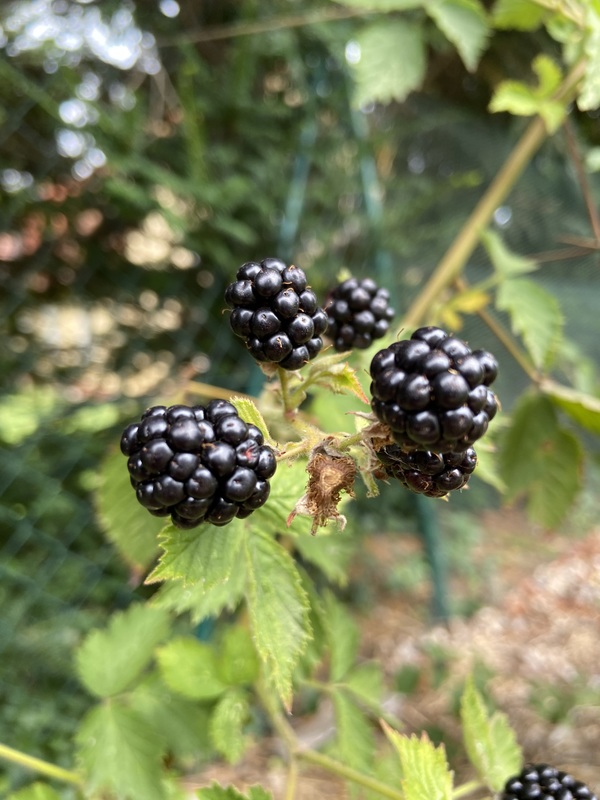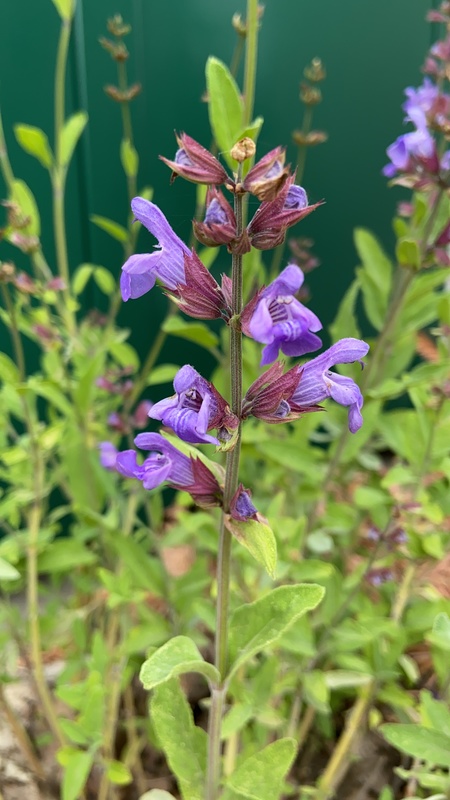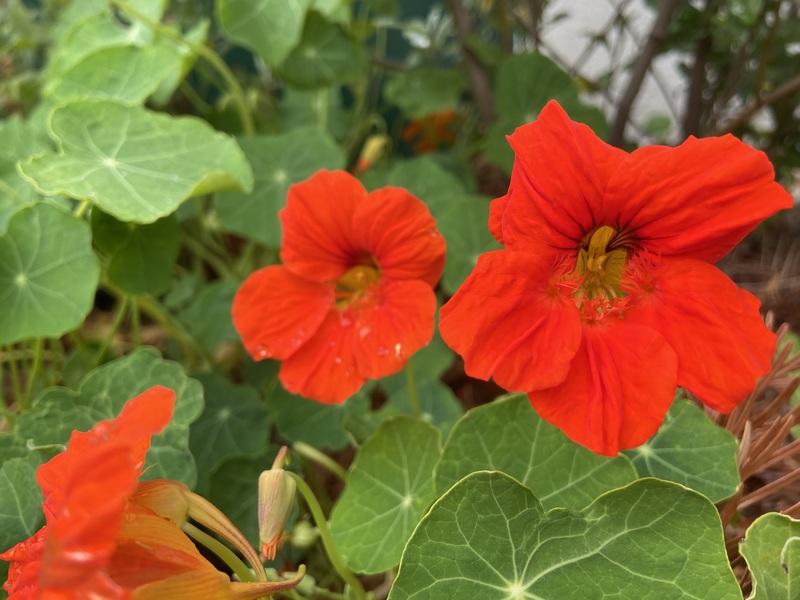Description
Comfrey is a perennial herb renowned for its medicinal properties and its role in organic gardening and permaculture. Native to Europe and parts of Asia, comfrey has been cultivated globally due to its versatility and usefulness.
Historically, comfrey has been used in traditional medicine for its healing properties. It contains allantoin, a compound known to aid in wound healing, reduce inflammation, and stimulate the growth of new cells. Traditionally, it has been used in poultices and ointments to treat bruises, sprains, and other injuries. However, it’s important to note that comfrey contains alkaloids that can be harmful if ingested in large quantities, and its internal use is controversial and often discouraged.
Comfrey’s deep roots are excellent at mining nutrients (especially potassium) from deep within the soil, making these nutrients available to other plants when its leaves decompose. This quality makes comfrey an excellent companion plant in orchards and gardens. Its leaves are often used as mulch or added to compost piles to accelerate decomposition and add rich nutrients.
Comfrey is also beneficial for attracting pollinators and beneficial insects due to its flowers, enhancing the overall health of the garden ecosystem. Moreover, it’s used as a “chop and drop” mulch in permaculture, where its leaves are regularly cut and left on the ground to decompose and enrich the soil.
Comfrey is relatively easy to grow and can thrive in a range of soil types, though it prefers moist, well-drained soil. It can tolerate partial shade but grows best in full sun. Once established, comfrey is drought-resistant and requires minimal care. It can be propagated easily from root cuttings, but due to its ability to spread, it’s often recommended to grow a sterile hybrid variety like Bocking 14 (Symphytum × uplandicum ‘Bocking 14’) to prevent it from becoming invasive.





